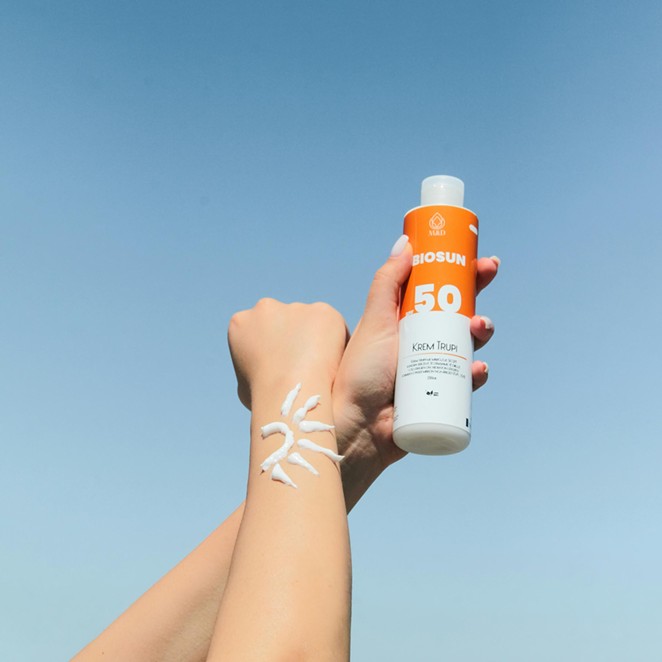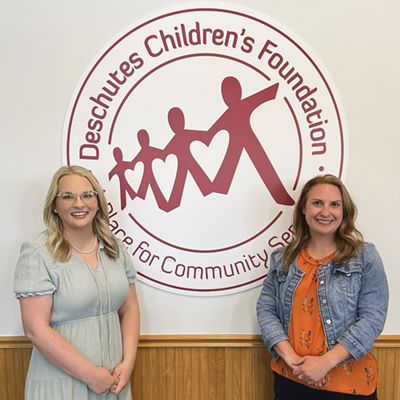Skin cancer is one of the most common cancers in the United States with 9,500 people diagnosed every day. Prevention and early detection are critical and when diagnosed early, skin cancer is highly treatable. If left untreated, it can cause disfigurement or become deadly.
“As we head into the warmer months, it’s important to wear sunscreen and skin protection, and perform head-to-toe skin checks to identify new or changing spots,” said Johnson. “If you see something that looks suspicious or different from other freckles or moles on you or a loved one, visit your board-certified dermatologist.”
Despite Oregon’s famously cloudy weather, residents should still practice sun-safe behavior when outdoors like applying and reapplying sunscreen regularly, wearing clothing that covers the arms and legs and a hat that protects the face and neck. Johnson also urges fellow Oregonians to establish these sun safety habits early with young family members.
In recent years, social media influencers have perpetuated false claims that sunscreen is harmful and, in some extreme cases, that unfiltered exposure to UV rays is healthy. In fact, when used as directed, sunscreen can decrease the risk of skin cancer and skin precancer by 40 to 50%.
Johnson reminds people to protect their eyes with sunglasses that block UV rays. People with fair skin should be especially aware of their UV exposure, but people with all skin tones are at risk and should take precautions. Other risk factors for skin cancer include a history of five or more sunburns, a history of indoor or outdoor tanning, family history of skin cancer or personal previous skin cancer.
Skin cancer is not the only outcome of UV exposure. UV rays from the sun or tanning beds can cause premature aging of the skin, including wrinkles, leathery skin and liver spots. UV exposure can also cause cataracts and a weakened immune system.
This story is based on submitted information and has not been verified by our news team.


![(COMEDY) The Complete Works of William Shakespeare (abridged) [revised] (again)](https://media1.bendsource.com/bend/imager/comedy-the-complete-works-of-william-shakespeare-abridged-revised-again/u/16x9-m/21027862/hy9a1160a2.jpg?cb=1713893365)

















